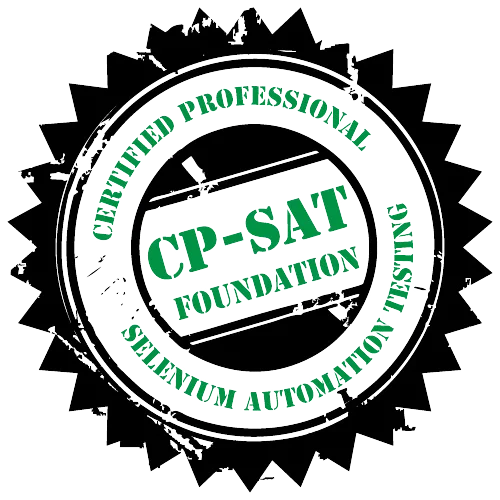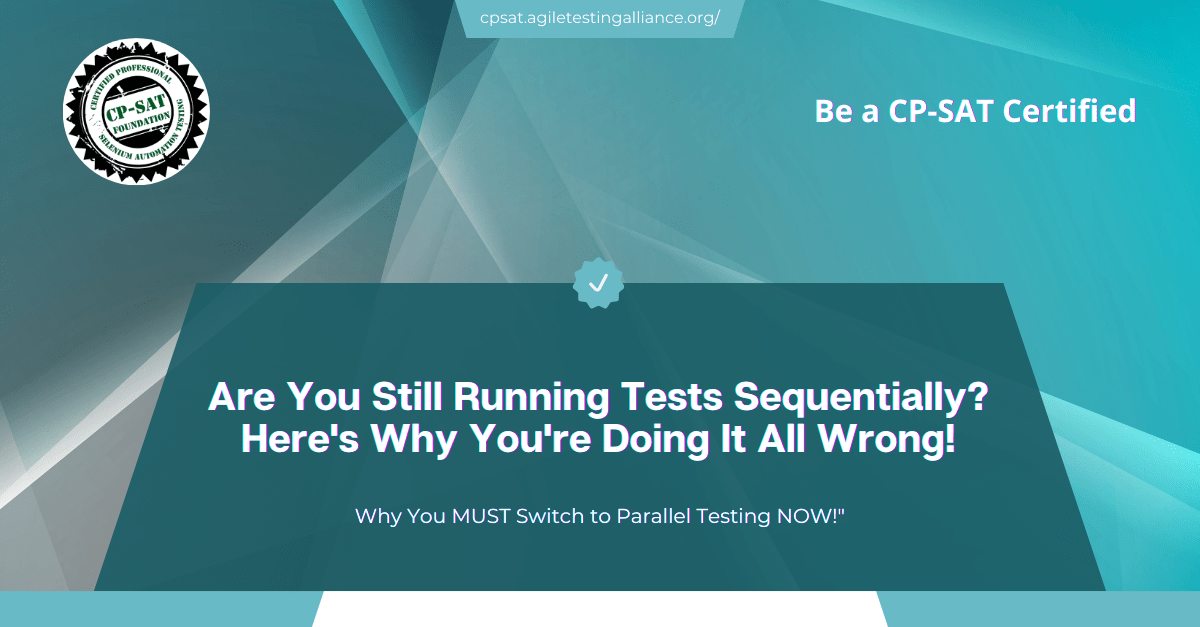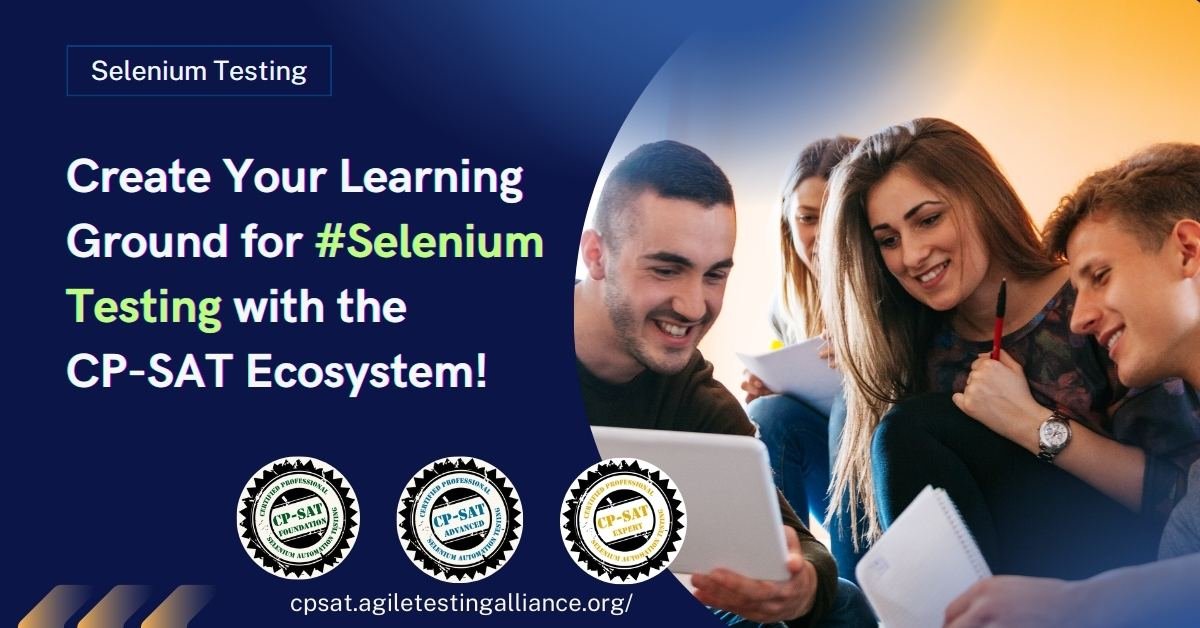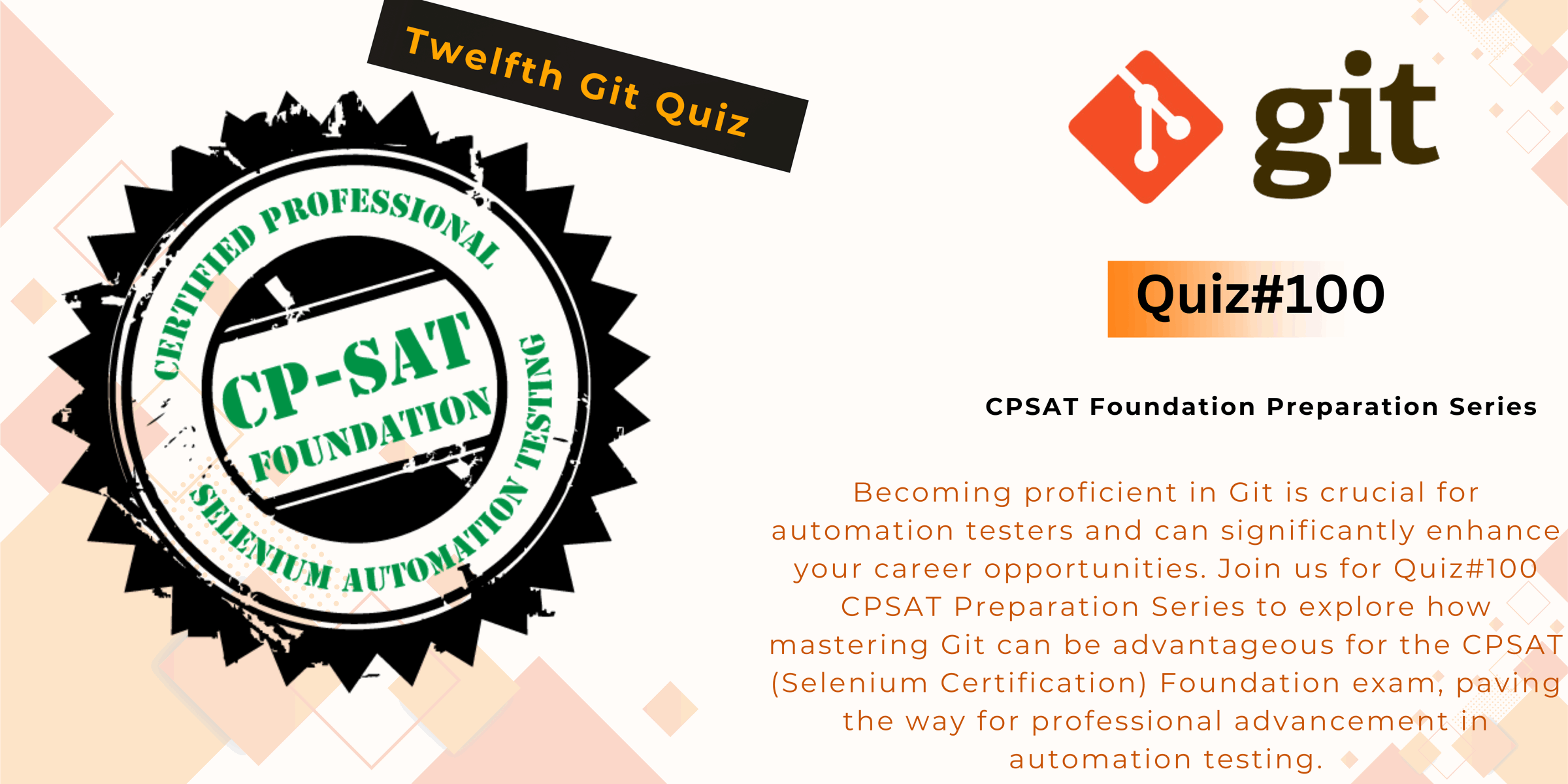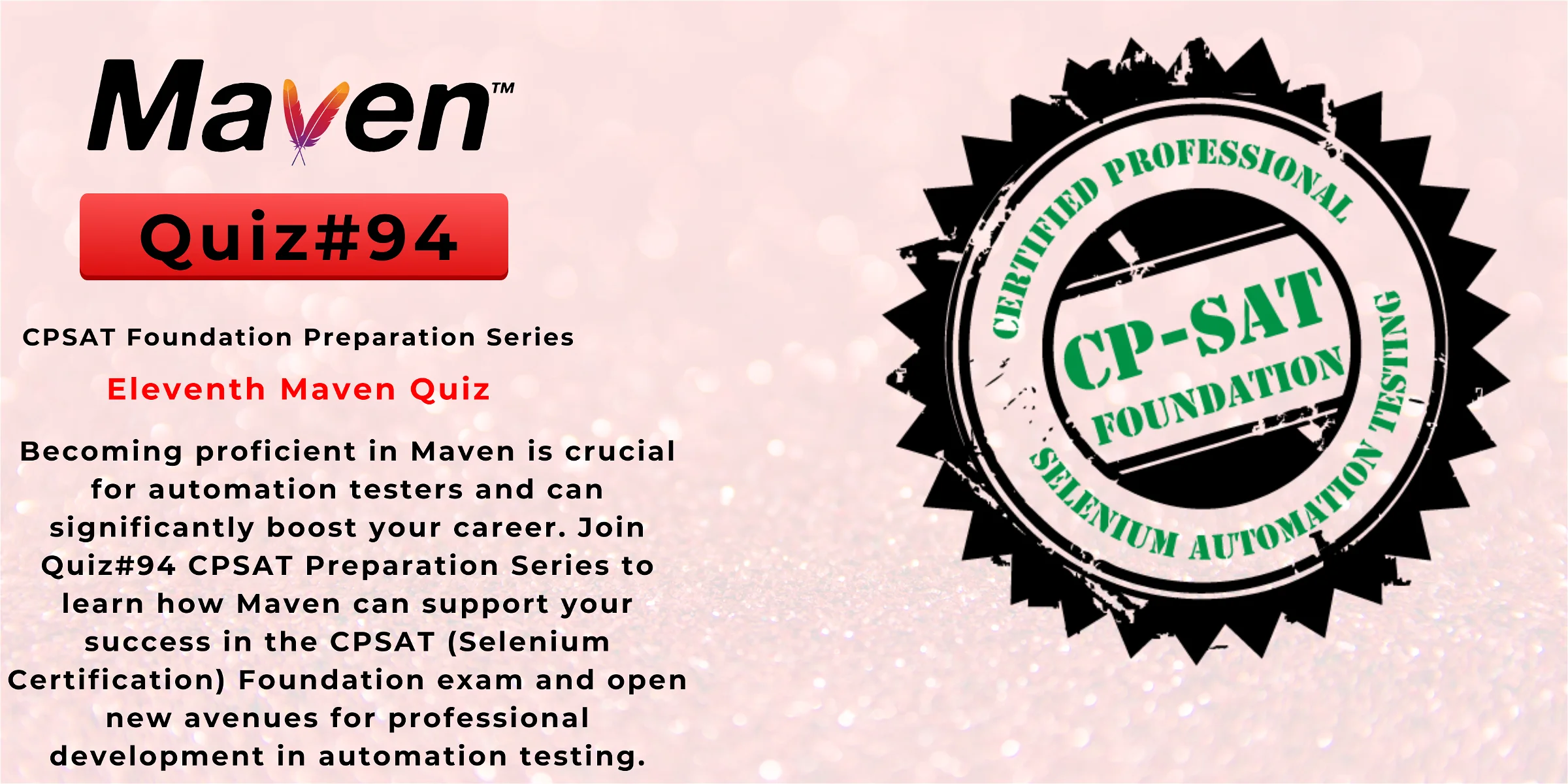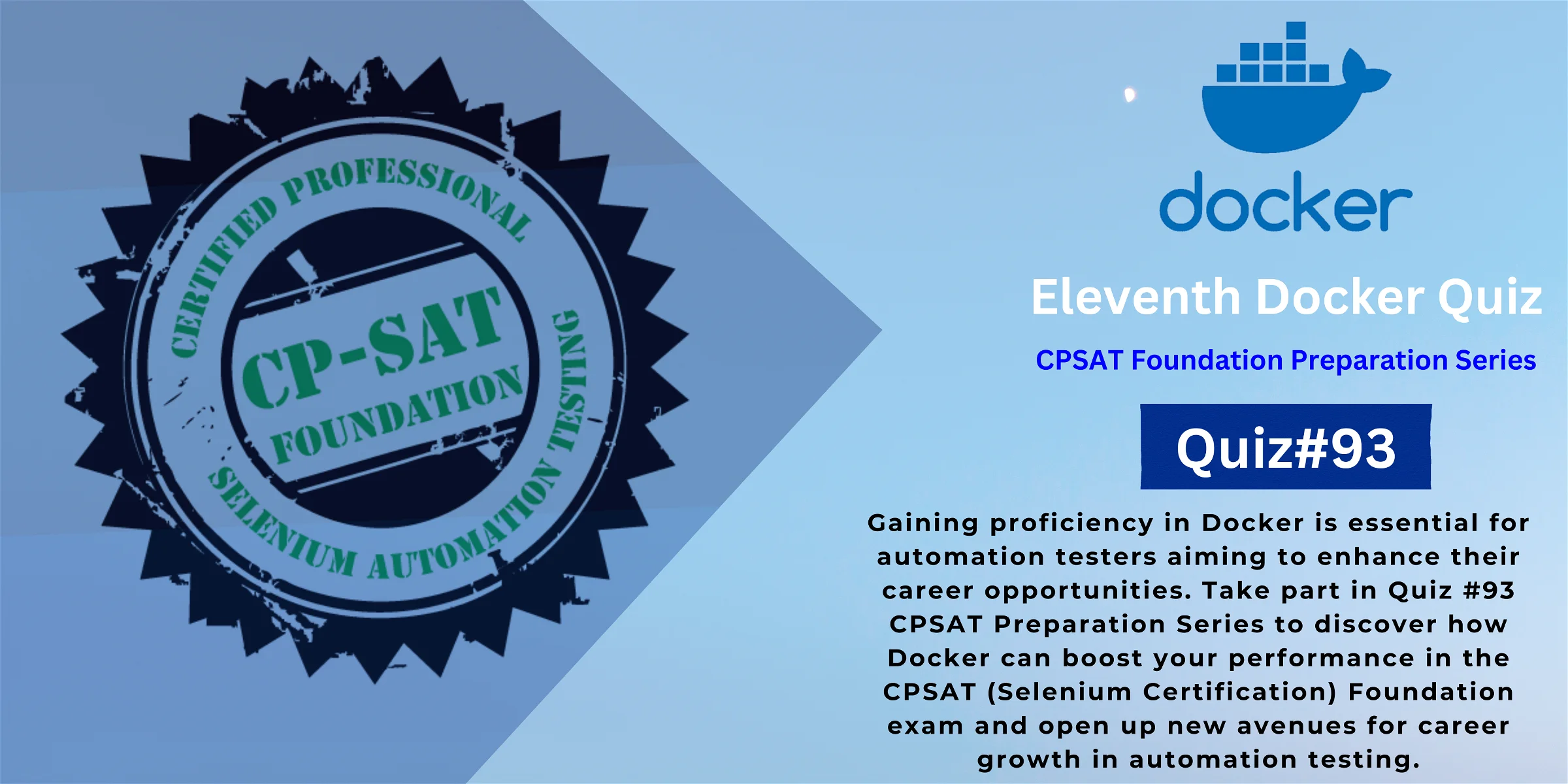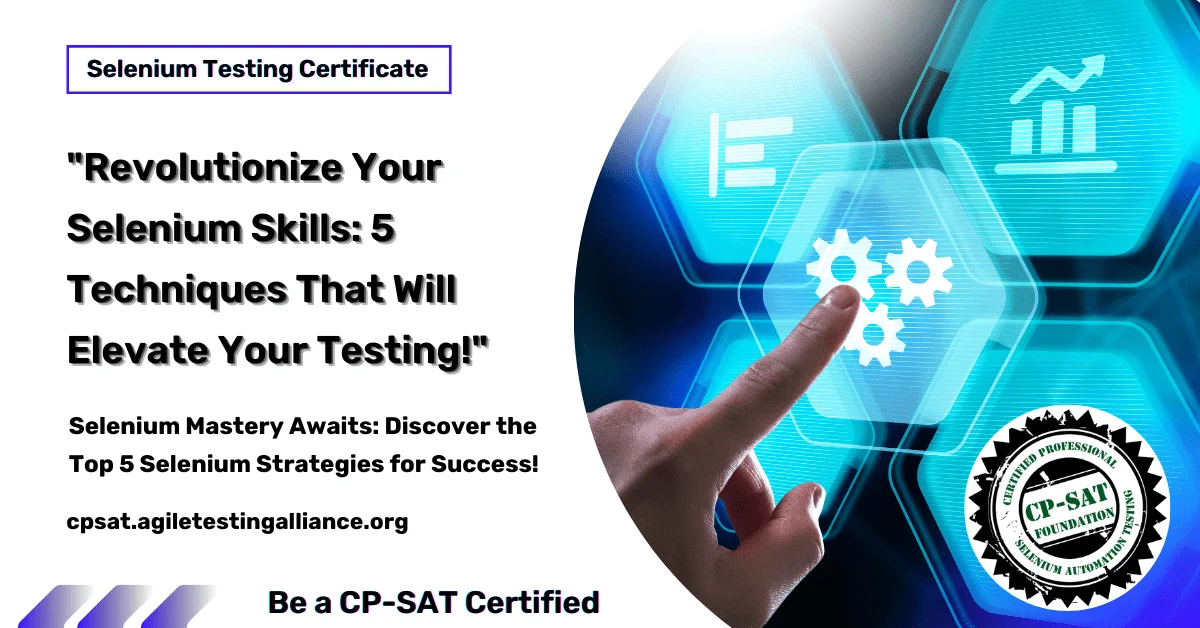
The Real Impact of AI on Software Testing!
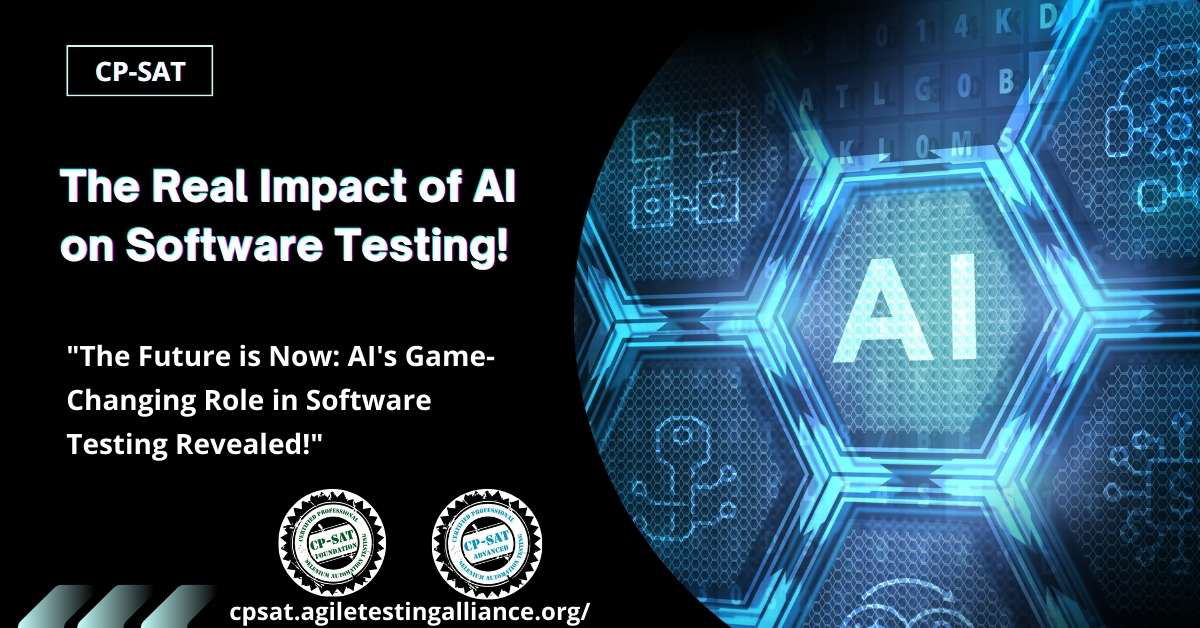
Table of Contents
Welcome, tech enthusiasts, to a topic that’s stirring up conversations across the software industry—The Real Impact of AI on Software Testing. Whether you’re a fresher dipping your toes in the testing waters, a newcomer eager to expand your skillset, or a seasoned veteran looking for the next big thing, you’re in for a treat. Let’s delve into the intricacies of how AI is revolutionizing software testing as we know it, from automated tests to predictive analysis.
First off, let’s bust a myth: many people think that Artificial Intelligence (AI) in software testing is just about automation. However, AI does more than just automating repetitive tasks. It’s a game-changer that’s bringing a paradigm shift in the way we approach testing, making it smarter, quicker, and more effective. AI leverages data analytics, understands patterns, and even predicts outcomes, capabilities that go beyond the reach of traditional automated tools. And let’s not forget, AI is a global phenomenon; it’s shaping software testing practices not just in Silicon Valley but from Bangalore to Berlin.
Ah, the wonders of technology! But before we get too ahead of ourselves, it’s critical to understand the past to navigate the future effectively. After all, software testing didn’t start with AI; it has a rich history, beginning with manual testing, evolving into automated testing, and now entering the AI era.
In this comprehensive guide, we’ll explore how AI is not just a tool but a holistic approach that impacts multiple facets of software testing. Whether you’re new to the field or have years under your belt, understanding the influence of AI will give you a competitive edge in this rapidly changing landscape.
So, gear up for a thrilling ride through the transformative world of AI in software testing. Your journey to becoming an AI-driven tester starts right here, right now. Let’s dive in!
Historical Overview
Let’s take a quick stroll down memory lane. Software testing has undergone massive transformations since its inception, tracing its roots back to the era of manual quality assurance. It then pivoted to automated testing tools that significantly reduced time and human errors, paving the way for what we now refer to as Agile and DevOps methodologies.
Now, we’re entering the next frontier—AI in software testing—which promises to redefine not just how we run our tests but also how we think about the entire testing cycle. This evolution holds universal relevance, whether you’re a fresh-out-of-college newbie or a seasoned testing guru working in any corner of the globe. Understanding this history is crucial because it sets the stage for the AI-driven changes that are just around the corner. So, whether you’re in San Francisco or Sydney, this is a global wave you’ll want to ride!
The Shift Towards Automation
Ah, the enthralling story of automation! This is where the plot really thickens in the realm of software testing. So, let’s dive right in. You see, automation wasn’t just a trend; it was a seismic shift that disrupted the traditional ways of conducting manual tests. Instead of endlessly clicking through test cases, we’ve moved to writing scripts that do that for us—only faster and more accurately. For the uninitiated, automation might sound like an intimidating leap. Rest assured, however, that it’s a move that can skyrocket your productivity, irrespective of whether you’re a fresher or a seasoned professional.
Automated testing tools like Selenium and JUnit kicked off a revolution, rendering cumbersome manual testing methods virtually obsolete. These tools facilitate test execution at any time, be it during the code writing process or as part of a CI/CD pipeline. The beauty of automation lies in its efficiency and cost-effectiveness, reducing the man-hours needed and speeding up the software development lifecycle (SDLC). This isn’t just an upgrade; it’s an overhaul.
Now, let’s add a global spin to this. In today’s connected world, apps and software aren’t built for one location or one set of users. They are universally applied, often in real-time, across a multitude of platforms and devices. Automation ensures consistency and quality on a global scale. It’s a tool that speaks a universal language: the language of efficiency, accuracy, and scalability.
To sum it up, the shift toward automation isn’t just a technical change; it’s a cultural one, signaling a transformation in how we approach problem-solving in software testing. Whether you’re just starting out in Mumbai or you’re leading a team in Silicon Valley, automation is the present and future of software testing that you don’t want to miss out on.
Core Advantages of AI in Testing
The depth and breadth of Artificial Intelligence’s (AI) application in software testing are immense, and its growing adoption only emphasizes its indispensability. So, if you’re someone who’s just starting in software testing or you’re a seasoned veteran with a wealth of experience, understanding how AI is changing the landscape is essential. Let’s delve deeper into the advantages.
Increased Test Coverage
In traditional testing methodologies, the test coverage was limited to scenarios defined upfront. However, AI takes test coverage to a whole new level. We’re talking about algorithms that can perform exploratory tests, combing through the application’s user interface and identifying areas that are susceptible to failure. For instance, techniques like ‘Monte Carlo Simulation’ can be employed to understand how your application performs under different, randomly generated, scenarios. The AI’s capacity for “deep learning” allows it to find the relationship between various application states, thereby identifying critical paths that a human tester might overlook. This extended test coverage is monumental, particularly for large-scale applications that cater to a global user base.
Turbo-Charged Testing Speed
Speed is not just about how fast you can execute test cases; it’s about the entire testing lifecycle. AI algorithms analyze code repositories, look into the history of code changes, and identify vulnerable areas even before a tester writes a test case. The application of AI in Continuous Integration and Continuous Deployment (CI/CD) pipelines means your ‘nightly builds’ could become ‘hourly builds.’ That’s a paradigm shift that can make or break a product in a fast-paced, iterative development environment, especially considering the global nature of software development.
Unparalleled Precision
When we discuss precision, we’re talking about the exactness and reliability of your tests. AI-powered analytics can use historical data, analyze patterns, and use predictive algorithms to identify the areas where the software is most likely to fail. For example, AI algorithms can analyze terabytes of log files to identify the specific point of failure, something that is humanly impossible given the data’s vastness. This type of predictive analytics is increasingly important as businesses scale and operate globally, with different kinds of data sets and user behaviors.
Adaptive Learning and Evolution
The evolutionary aspect of AI in software testing is awe-inspiring. Unlike traditional automated tools that perform what they’re programmed to do, AI algorithms learn from the test scenarios and improve over time. These algorithms can analyze the test results, learn from the mistakes, and optimize future testing efforts accordingly. For global enterprises, this adaptability is invaluable. For instance, if a bug is frequently reported in a specific geographic location, AI algorithms can adapt to focus more on those areas in future testing iterations.
Seamless Integration and Enhanced Collaboration
Lastly, AI tools play well with others. They can easily integrate with other automation tools, version control systems, and even project management software like JIRA or Asana. This unified experience fosters better collaboration among cross-functional teams, which is particularly crucial in globally distributed teams.
To sum it all up, AI is not just an incremental advancement in software testing; it’s a paradigm shift. It brings efficiency, scalability, and intelligence to the testing process, making it more robust, agile, and prepared for the challenges of the modern world. So, regardless of your experience level or geographical location, understanding and adopting AI in software testing is becoming a requirement, not just an option. It’s not about catching up; it’s about staying ahead. Welcome to the future of software testing!
Challenges and Limitations
Let’s pivot our focus for a moment. While the buzz around AI in software testing is largely positive, a holistic view also considers its challenges and limitations. Whether you’re a newcomer or an industry veteran, understanding these aspects is just as crucial for making informed decisions in today’s rapidly evolving tech landscape.
Lack of Explainability
First off, AI’s “black-box” nature presents a unique conundrum. Unlike traditional testing methods where the process and outcomes are straightforward and interpretable, AI-based tools often make decisions based on complex algorithms that are hard to explain or justify. For quality assurance professionals, especially those who are just starting their career, this can be particularly daunting. How do you trust a process you can’t fully understand? Explainability is a significant roadblock in AI’s wider acceptance, especially in critical applications where every software bug can have extensive repercussions.
Data Dependency
AI thrives on data, but it’s a double-edged sword. The effectiveness of AI-powered testing is only as good as the data it’s trained on. This means you need a robust dataset to train these models. Accumulating and managing such colossal amounts of data can be challenging, even more so for companies operating on a global scale dealing with data localization laws and diverse user behavior.
High Initial Costs
AI in software testing is an investment. While the long-term gains in efficiency and effectiveness are undeniable, the upfront costs can be a barrier. This includes not just the costs of the tools themselves, but also the training required to skill up your team, which can be especially daunting for freshers or newcomers to the field.
Skill Gap
Let’s face it, AI and machine learning require a different skill set. Not every tester needs to be a data scientist, but a fundamental understanding of how these algorithms work is becoming increasingly necessary. The industry is grappling with this skill gap, and for professionals with only a couple of years of experience, this means there’s a new learning curve that needs to be scaled—quickly.
Ethical and Regulatory Concerns
Last but not least, AI-based testing solutions are not free from ethical and regulatory concerns. The use of AI can trigger questions about data privacy, algorithmic bias, and more. These are not just ‘technical’ challenges but have broader implications, especially for companies that operate across different countries with varying regulations.
To sum up, while AI presents a paradigm shift in software testing, bringing along an array of benefits, it’s essential to navigate its challenges consciously. Having a full picture not only helps in leveraging AI capabilities more effectively but also prepares you for possible bumps along the way. As we integrate AI more deeply into the software testing lifecycle, acknowledging its limitations is key to harnessing its full potential responsibly and effectively.
Strategies for Adopting AI in Testing
let’s now pivot our discussion to the much-needed game plan—strategies for adopting AI in testing. Given the complexity and potential of AI, diving in without a roadmap is a recipe for chaos, whether you’re a fresher or a seasoned pro. So, what’s the best way to get the most out of this cutting-edge technology in your software testing lifecycle? Here’s a guide designed to help you navigate these waters strategically.
Conduct a Needs Assessment
First things first, take a step back and evaluate what you actually need. AI can be transformative, but only when applied to the right challenges. Identify your bottlenecks, be it automation gaps, time-intensive test cases, or issues with data quality. A needs assessment will not only guide you towards the right solutions but will also prevent unnecessary expenditures, especially vital for newcomers wary of high initial costs.
Start with Pilot Projects
Once you’ve gauged your needs, initiate pilot projects to test the waters. These projects serve as a sandbox, allowing you to evaluate AI capabilities without endangering ongoing operations. They provide valuable insights into how AI can be effectively integrated into your existing frameworks and what kinds of skill upgrades might be necessary for your team.
Skill Upgradation
AI is here to stay, and it’s evolving rapidly. To stay ahead of the curve, both freshers and seasoned professionals should invest in skill upgradation. This could range from taking online courses in machine learning basics to attending advanced workshops on AI in software testing. Make learning a continuous part of your career, and you’ll find it easier to adapt to the increasingly AI-driven landscape.
Collaborate with Data Scientists
AI and data science are deeply intertwined. Building an in-house team that marries software testing expertise with data science skills can be a game-changer. If that’s not immediately possible, consider partnerships or consultative relationships with data scientists. Their insights into data structuring, machine learning models, and analytics can vastly improve the efficiency and effectiveness of your AI-enabled tests.
Monitor, Tweak, Repeat
Finally, remember that implementing AI is not a “set it and forget it” scenario. Constant monitoring is essential. If you’re a professional with a few years in the game, leverage your experience to understand the metrics that matter. Tweak your strategies based on real-world performance and outcomes. The iterative nature of this process helps in continually optimizing your test cycles, making your testing smarter and more robust over time.
Stay Updated on Regulatory Frameworks
As mentioned before, AI introduces new dimensions of ethical and legal responsibilities. Especially for businesses operating globally, being cognizant of varying data protection laws and ethical concerns is not optional. Keep yourself and your team updated on these frameworks to ensure that your AI-driven strategies are always compliant with the latest regulations.
In conclusion, adopting AI in your software testing approach is more than just a technological upgrade; it’s a strategic move that demands thoughtful planning, skill enhancement, and constant monitoring. By following these strategies, professionals across the board—from freshers to those with years of experience—can position themselves to harness the full potential of AI in software testing, turning challenges into opportunities.
Harnessing the Power of AI in Software Testing:
The integration of Artificial Intelligence (AI) in software testing is not just a passing trend; it’s a game-changer that’s here to stay. Now, whether you’re a fresher just stepping into the world of software testing, a seasoned developer pondering a career switch, or an experienced tester, AI has something exciting and transformational to offer. So let’s dive in.
Freshers: Learning and Leveraging AI Techniques
For those who are new to the world of software testing, the thought of AI can seem daunting. However, don’t let this deter you. AI tools are becoming increasingly user-friendly, offering intuitive interfaces and easy-to-understand analytics. You can begin by taking online courses in AI for software testing and adding Python libraries like TensorFlow to your skill set. This foundational knowledge will help you harness AI-driven testing frameworks that make identification and resolution of issues exponentially faster. Simply put, mastering AI tools early in your career can set you on a trajectory toward becoming a sought-after professional in the long term.
Software Developers: The Seamless Transition
For software developers considering the switch to software testing, your programming background is already a substantial asset. AI integrates best with software testing when there’s an underlying understanding of code. With AI-powered tools like test automation frameworks, developers can quickly adapt and understand the logic behind automated test scripts. In this shift, your focus will be on learning how to design tests to accommodate AI analytics, ensuring that you take advantage of machine learning models to predict software failures before they happen. It’s not just about finding errors anymore; it’s about predictive analytics—an indispensable asset in today’s agile development landscape.
Seasoned Testers: A Whole New Level of Expertise
For the experienced testers, if you think you’ve seen it all, AI is here to surprise you. Machine learning algorithms can handle massive datasets for performance testing, something that would take a human tester an inordinate amount of time. Moreover, with natural language processing, you can now automate even complex test cases that involve human language and user intent. AI opens up a whole new realm of possibilities like real-time data analytics, risk assessment, and test strategy optimization. It’s not just a tool; it’s your new co-pilot.
Conclusion
To conclude the integration of Artificial Intelligence (AI) into software testing is reshaping the game, offering profound benefits to everyone from freshers to seasoned experts. Whether you’re starting out or looking to elevate your testing strategies, AI tools like TensorFlow and predictive analytics are invaluable. They not only speed up the testing process but also bring unprecedented accuracy and intelligence into your workflows. For newcomers, mastering these tools can set the stage for a highly rewarding career. Meanwhile, for experienced testers, AI offers advanced techniques like real-time data analytics and natural language processing that will keep you ahead in this fast-paced, agile development landscape.
In a nutshell, embracing AI in software testing isn’t an option; it’s a necessity for staying relevant and competitive. This technological shift isn’t just about keeping up with the changes; it’s about setting the pace and leading the transformation in the global arena of software quality assurance. So dive into the future today, and equip yourself with the AI tools that are defining the next chapter in software testing.


